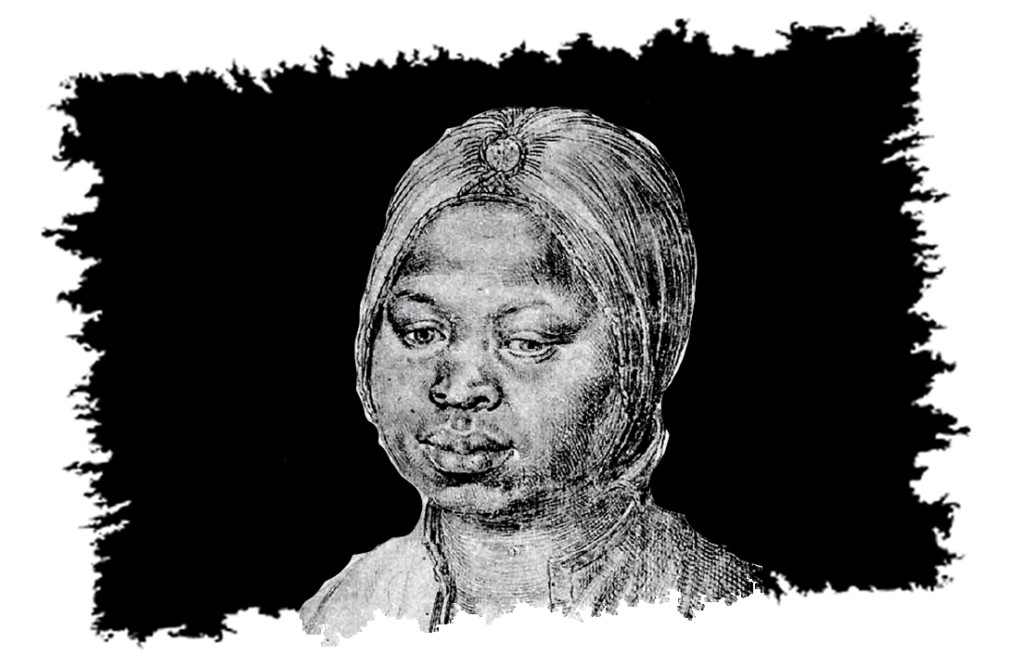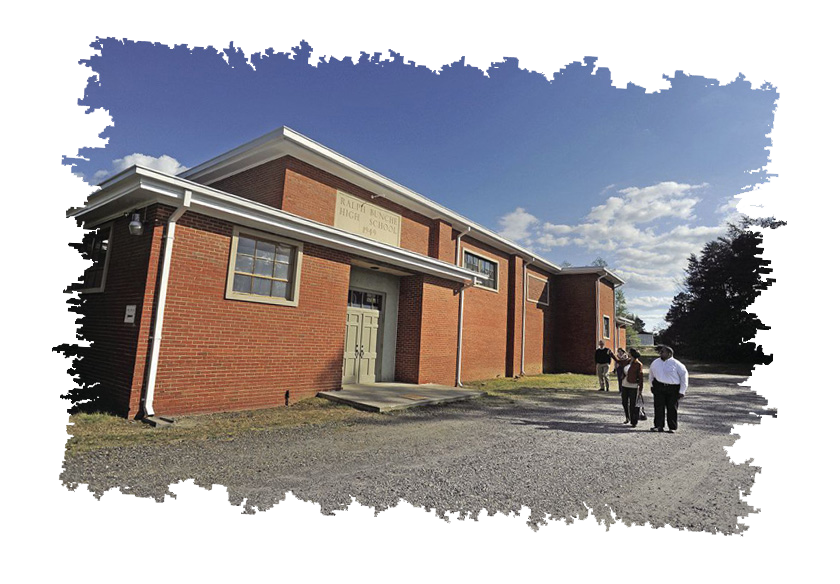LANDMARK DECISIONS
HISTORICAL
Landmark decision

A QUESTION OF LINEAGE
Elizbeth key
In the very early days of the Virginia Colony, slavery was not a hardened racial caste system as it later came to be. Most people of all races arrived as indentured, and blacks enjoyed some rights to contest their status in a court of law. One woman who did this and won her freedom was Elizabeth Key Grinstead. In 1656, at the age of 25, Grinstead won her freedom from her master in the Northern Neck. Unfortunately, cases like Grinstead's led to a change of Virginia law. In 1662 the Virginia House of Burgesses made all status of servitude dependent upon the status of the mother. Since basically all mixed-race individuals had black mothers, this condemned all of them into servitude, even if their father happened to be a free man or a wealthy planter. The text of the law now read, "Whereas some doubts have arisen whether children got by any Englishman upon a Negro woman should be slave or free, be it therefore enacted and declared by this present Grand Assembly, that all children born in this country shall be held bond or free only according to the condition of the mother" Tying the status of a person to the status of their mother provided the most perverse of incentives to the slaveholder. For if he violated his own female slaves and thus produced offspring, such offspring would be a direct addition to his capital stock.
The Largest Manumission of slaves
ROBERT KING CARTER III
Robert Carter III (February 28, 1728 – March 10, 1804) was an American planter and politician from the Northern Neck of Virginia. During the colonial period, he sat on the Virginia Governor's Council for roughly two decades. After the American Revolutionary War saw the Thirteen Colonies gain independence from the British Empire as the United States, Carter, influenced by his belief in Baptism, began the largest manumission in the history of the United States prior to the American Civil War. Despite strong opposition from family members and neighbors, Carter began emancipating the hundreds of slaves he owned via a deed of gift filed with the Northumberland County, Virginia authorities on September 5, 1791, eighty years before the Civil War. Over the following years, Carter gradually emancipated over 500 of his slaves by filing documents with the Northumberland County, Virginia authorities, and settled many freedmen on land he gave them. Carter died in Baltimore, Maryland in 1804.


The Paper Genocide Of the Native Americans
Racial Integrity Act
Walter Ashby Plecker was a physician and the first Virginia state registrar of vital statistics, a position he served in from 1912 to 1946. He was a staunch promoter of eugenics, a discredited movement aimed at scientifically proving white racial superiority and thereby justifying the marginalizing of non-white people. Employing Virginia’s Act to Preserve Racial Integrity (1924), Plecker effectively separated Virginia citizens into two simplified racial categories: white and colored. The law, which remained in effect until 1967, when it was overturned by the United States Supreme Court in the case of Loving v. Virginia , required that a racial description of every person be recorded at birth. Plecker’s policies used deceptive scientific evidence to deem Blacks a lesser class of human beings, but they also targeted poor whites and anyone he or other eugenicists considered “feebleminded.” Asserting that Virginia Indians were, in fact, “mixed-blooded negroes,” Plecker also pressured state agencies into reclassifying Indians as “colored.” The policy’s legacy was effectively to erase “Indian” as an identity and has made it difficult for Virginia Indians to gain state and federal recognition.
SEPARATE BUT (NOT) EQUAL
Ralph Bunch High School
Plessy v. Ferguson decision created the “separate but equal” doctrine, the equality of public facilities, including schools, was seldom achieved. As the NAACP lawyers began challenging this inequity in courts, a few residents of King George County courageously sued the local school board in 1946. The premise of Civil Action #631 was inferior “construction, equipment and facilities, instructional personnel, libraries and transportation service,” in black schools compared to their white counterparts. Civil rights attorneys Oliver W. Hill, Martin A. Martin and Spotswood W. Robinson III of Richmond, Virginia masterfully won the litigation despite the King George School Board’s fierce opposition. In July 1948, U.S. District Judge Sterling Hutchinson determined that “the defendants have unlawfully discriminated … against Negro school children.” This decision led to the opening of Ralph Bunche High School on September 2, 1949. The school was named for Ralph Bunche, an African-American educator, diplomat and Nobel Prize winner.

